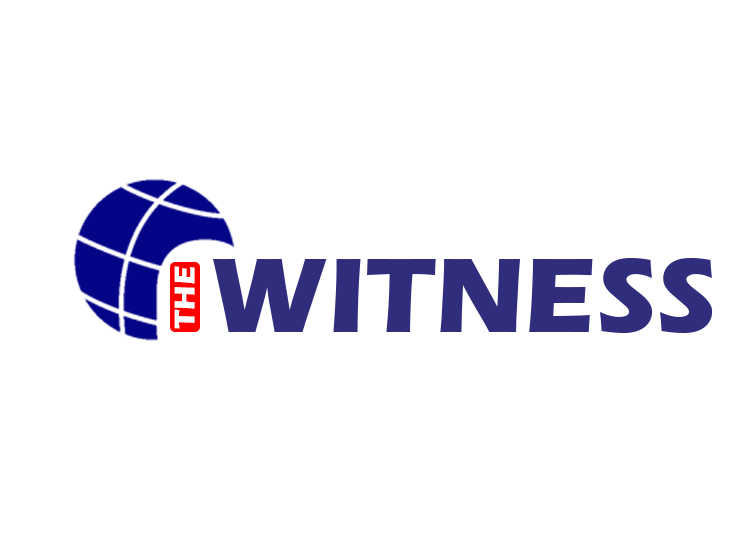Wearing a suit in the style of those worn by former leader Mao Zedong, Xi earlier greeted more than 20 leaders on the red carpet including Indonesian President Prabowo Subianto, who, facing widespread protests at home, made a surprise appearance. Xi’s wife, Peng Liyuan, could be heard saying “Nice to meet you” and “Welcome to China” to several of the guests in English.
Also among them was former Victorian premier Daniel Andrews, who shook hands with Xi – pausing briefly to exchange pleasantries with the Chinese leader – at the ceremony’s red carpet and later posed in a group photo with Kim and Putin.
Former NSW premier Bob Carr was also invited to the celebration, but said he elected not to go to the “Soviet-style” military parade, instead opting to attend separate indoor events later in the day. Carr’s decision meant Andrews – whose state government controversially signed up to China’s Belt and Road Infrastructure agreement – was the only Australian politician attending the military showcase.
Xi has cast World War II as a major turning point in the “great rejuvenation of the Chinese nation”, in which it overcame the humiliation of Japan’s invasion to become an economic and geopolitical powerhouse.
This week, Xi unveiled his vision of a new global order at a regional security summit, calling for unity against “hegemonism and power politics”, a thinly veiled swipe at the US.
“Xi feels confident that the table has turned. It’s China that is back in the driver’s seat now,” said Wen-Ti Sung, fellow at the Atlantic Council’s Global China Hub, based in Taiwan.
Loading
“It’s been Trumpian unilateralism rather than China’s wolf warrior diplomacy when people talk about the leading source of uncertainty in the international system,” he said.
Beyond the pomp, analysts are watching whether Xi, Putin and Kim may signal closer defence relations following a pact signed by Russia and North Korea in June 2024, and a similar alliance between Beijing and Pyongyang, an outcome that may alter the military calculus in the Asia-Pacific region.
Putin has already used the occasion to seal deeper energy deals with China, while the gathering has given Kim an opportunity to gain implicit support for his banned nuclear weapons.
Kim, debuting in his first major multilateral event, became the first North Korean to attend a Chinese military parade in 66 years.
He travelled to Beijing with his daughter Kim Ju-ae, whom South Korean intelligence consider his most likely successor – although she was not seen alongside him at the parade.

North Korean leader Kim Jong-un arrives in Beijing along with his daughter, Kim Ju-ae, to attend China’s largest-ever military parade.Credit: BBC/Xinhua
Over the past two years, more than a dozen generals – many formerly close to Xi – have been purged from the People’s Liberation Army in a sweeping corruption crackdown.
“The parade allows Xi to focus the world’s attention on its impressive strides in modernising its military hardware, while overshadowing the stubborn challenges afflicting the PLA, most notably the continued purges rolling through the ranks of its most senior officers,” said Jon Czin, a foreign policy analyst at Brookings Institution, a US-based think tank.
Loading
Nothing was left to chance for the milestone gathering.
Major roads and schools were closed in Beijing for the parade, the culmination of weeks of painstaking security preparations and midnight rehearsals.
Local governments nationwide mobilised tens of thousands of volunteers and Communist Party members to monitor for any signs of potential unrest around the parade, estimates based on online recruitment notices show.
Reuters
Get a note directly from our foreign correspondents on what’s making headlines around the world. Sign up for the weekly What in the World newsletter here.

